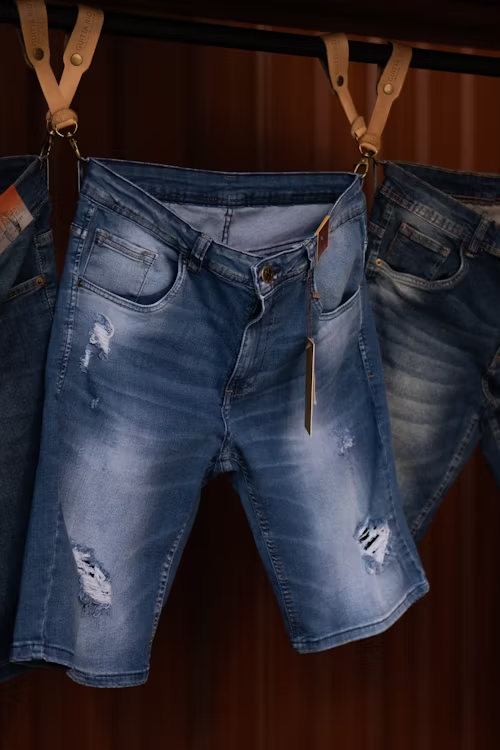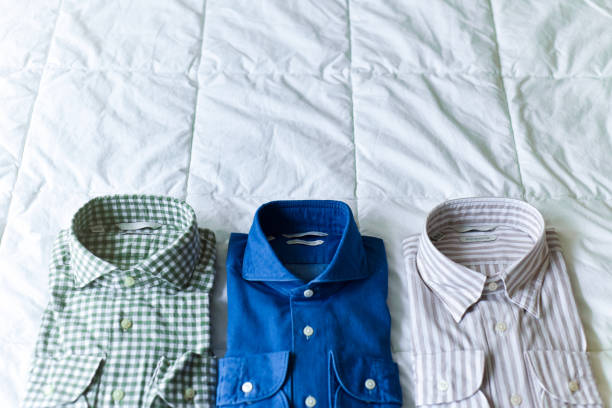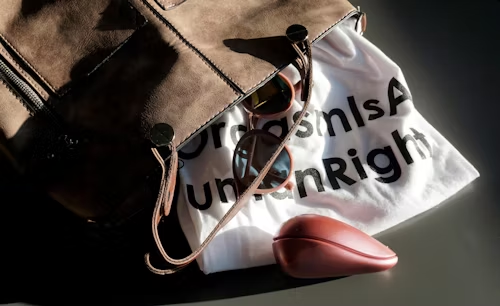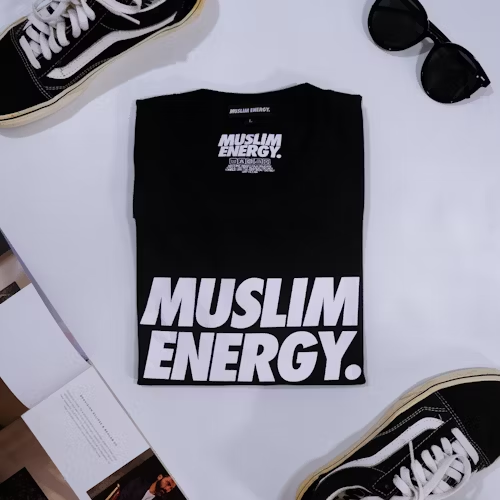What Is Fabric Pilling?
Definition of Pilling
Pilling refers to the unsightly buildup of tiny, fuzzy balls—known as “pills”—on the surface of fabrics over time. They result from short or broken fibers that loosen with wear and gradually twist into tiny, fuzzy clusters. This is most noticeable in high-contact areas such as the underarms, inner thighs, sleeves, and sides of clothing.
Pilling on sweaters is most common in high-friction spots, such as the underarms or beneath shoulder straps, where the fabric endures constant wear. Pilling often worsens after washing, as the machine’s agitation speeds up fiber wear and friction. Although pilling isn’t always a sign of poor fabric quality, frequent or excessive pilling can reduce your clothes’ lifespan and affect their polished appearance.
Why Do Clothes Pill?
- Weak or short fibers break easily
- Loose or low-density weaving
- Improper care during washing
- Poor-quality blends
Which Fabrics Are Least Likely to Pill?

1. Polyester – Strong, Durable, Pill-Resistant
Why it resists pilling: Synthetic and strong in structure
Best for: Activewear, workwear, everyday shirts
Brand example: Uniqlo DRY-EX – Known for anti-pilling athleticwear
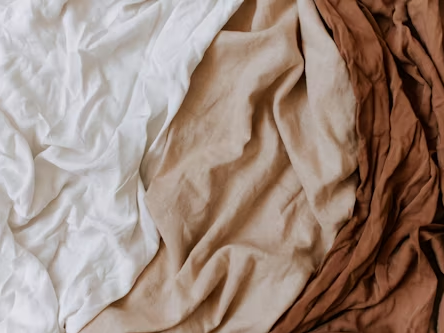
2. Poly-Cotton Blends – Balance Between Comfort & Strength
Why it resists pilling: Polyester reinforces cotton’s softness
Best for: Affordable basics, uniforms, T-shirts
Brand example: Gildan and Hanes T-shirt lines
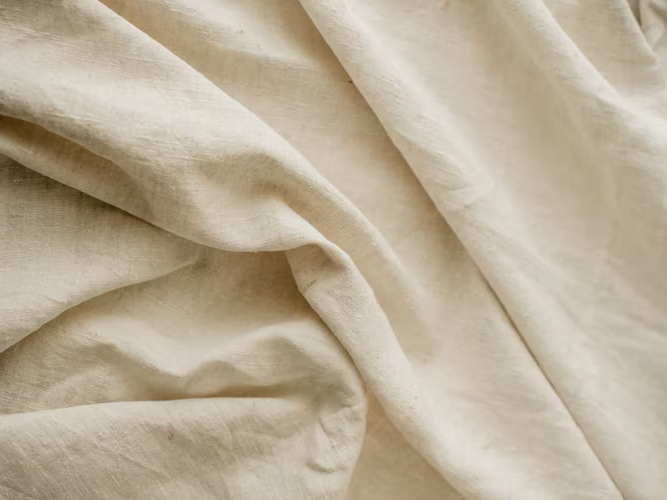
3. Long-Staple Cotton (Pima, Egyptian Cotton)
Why it resists pilling: Long, smooth fibers are less prone to breakage
Best for: Premium tees, bed linens, dress shirts
Brand example: Banana Republic’s Supima line
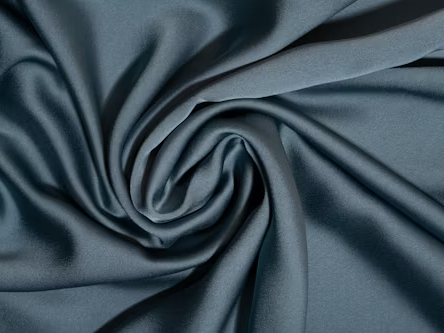
4. Modal – Ultra-Soft and Naturally Anti-Pilling
Why it resists pilling: Slippery texture, strong structure
Best for: Underwear, loungewear, fitted basics
Brand example: Calvin Klein Underwear

5. Lyocell (TENCEL™) – Eco-Friendly and Smooth
Why it resists pilling:Closed-loop production, smooth fibers
Best for:Blouses, soft trousers, shirts
Brand example:Everlane TENCEL™ collection
Fabrics Prone to Pilling (What to Avoid)
1. Short-Staple Cotton
Easily breaks down with wear and wash
Tip: Always check for “long-staple” or Supima labeling
2. Viscose / Rayon
Soft but fragile—loses shape and pills after washing
3. Low-Quality Wool or Cashmere
Even natural fibers like wool can pill, especially if poorly processed
How to Prevent Pilling – Care Tips
Wash Smart
- Wash inside out
- Use a laundry bag
- Gentle cycle with cold water
Be Mindful When Layering
Avoid pairing rough outerwear (like denim) with soft inner fabrics
Use a Fabric Shaver
Regularly remove surface pills to extend garment life
Summary – How to Choose Anti-Pill Fabrics
Look for long-staple cotton, polyester blends, or Lyocell
Avoid cheap rayon, low-quality wool, and short-fiber cotton
Read fabric labels for terms like anti-pill finish, compact weave, or TENCEL™
FAQ – Frequently Asked Questions
Is Modal or Cotton more resistant to pilling?
Modal fabric is highly valued for its smooth, silky texture and excellent resistance to pilling compared to regular cotton. Its advanced production process refines and tightly spins fibers, producing stronger, smoother yarns that effectively reduce pilling and withstand everyday friction. As a result, garments made from Modal tend to maintain a clean, pill-free surface even after repeated wear and washing.
Therefore, when choosing fabrics that resist pilling, both Modal and premium cottons are excellent options. Your choice may depend on other factors such as texture preference, durability, and price point.
Does pilling mean poor quality?
Pilling isn’t limited to low-quality fabrics—even luxurious materials like cashmere can develop pills if not properly cared for. The likelihood of pilling depends on factors such as fiber length, weave density and type, as well as garment maintenance.
Longer fibers, such as those found in high-quality cashmere, are less likely to loosen and form pills because they stay more securely woven into the fabric structure. Conversely, shorter fibers are more prone to break and tangle, causing pilling. The weave or knit density also plays a crucial role; tightly woven or knitted fabrics tend to resist pilling better because the fibers are held firmly in place.
Proper care is equally important. Rough handling, excessive friction during wear, or harsh washing methods can accelerate fiber breakage and lead to pilling—even in premium fabrics. Gentle washing, using mild detergents, and avoiding abrasive surfaces can help prolong the life and appearance of luxury materials.
In summary, while quality fibers like cashmere are naturally more resistant to pilling, their durability depends heavily on fiber length, fabric construction, and careful maintenance.
Image Suggestions
- Fabric close-ups: Smooth vs. pilled comparison
- Outfit inspiration: Modal T-shirt + wide-leg pants, Lyocell blouse with accessories
- Label photos: Tags that mention “Supima,” “TENCEL™,” or “Anti-Pill”
Recommended Brand Pages for Reference or Affiliate Linking
| Brand | Category | Link |
| Everlane | TENCEL™, Lyocell | everlane.com |
| Calvin Klein | Modal Underwear | calvinklein.com |
| Uniqlo | Polyester blends | uniqlo.com |
| Brooklinen | Long-staple cotton | brooklinen.com |
| Cekno Clothing | Anti-pilling basics | ceknoclothing.com |
| Gildan / Hanes | Poly-cotton essentials | gildan.com, hanes.com |
Meta Description:
Discover the best anti-pilling materials like TENCEL™, Modal, and long-staple cotton that help keep your clothes looking new longer. Plus, explore top brand picks such as Cekno Clothing and expert care tips to keep your wardrobe smooth, durable, and stylish.


